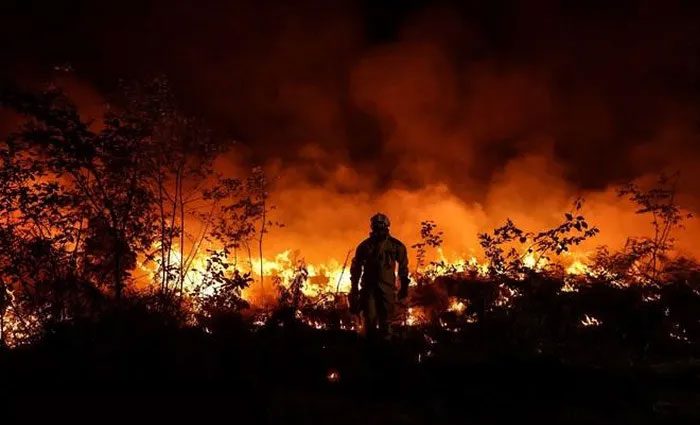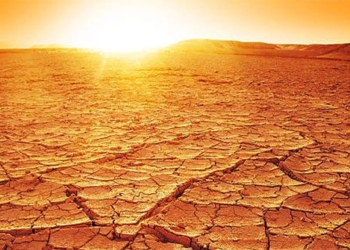The European atmospheric monitoring agency has warned of an increasing risk of wildfires, with a large part of Western Europe classified as being at ‘high fire risk’, while some areas are at “very high fire risk”.
On July 19, the Copernicus agency warned that the heatwave in this continent is causing ozone layer pollution to levels harmful to humans, and added that vast areas in Western Europe are also facing a very high risk of wildfires.

Children cooling off by the fountain at Trocadero as temperatures are warned to potentially reach 39 degrees in the capital city of Paris, France, on June 16, 2022. (Photo: THX/TTXVN)
Copernicus’ announcement stated: “Dry, flammable climate conditions and extreme heat are increasing the risk of wildfires.” The emergency management department of Copernicus warned that a large part of Western Europe is at “high fire risk,” with some areas at “very high fire risk.”
According to Copernicus, this heatwave is also causing high ground ozone levels. Unlike ozone in the stratosphere, which protects the Earth, ground-level ozone is a major greenhouse gas and a component of urban smog, harmful to human health and hindering plants’ ability to photosynthesize.
Senior scientist at Copernicus, Mark Parrington, stated: “The potential impacts of high ozone pollution on human health can be significant, causing respiratory and cardiovascular diseases.” He noted that high ground ozone levels can lead to sore throats, coughing, headaches, and increased asthma risk.
Ozone is created when emissions from fossil fuels react with pollutants in the presence of sunlight. Therefore, Copernicus emphasized that reducing emissions from these pollutants “plays a crucial role.”
Scientists have detected “very high ground ozone pollution levels” in Western and Southern Europe, particularly on the Iberian Peninsula and many areas in Northern Italy. According to Copernicus, the highest ground ozone levels of the day, typically peaking around midday, have reached health-hazardous levels in Portugal, Spain, and Italy.

Firefighters work to control wildfires caused by the heat in Gironde, Southwestern France, on July 17. (Source: AFP/TTXVN).
Scientists warn that while the situation may become less severe on the Iberian Peninsula, very high ground ozone levels are being recorded in many areas of Northern and Western Europe as temperatures rise. Ozone concentrations in these areas are expected to peak in the coming days before potentially decreasing.
Copernicus reported that the total CO2 emissions from wildfires in Spain in July were the highest since 2003. For its part, the Climate and Clean Air Coalition (CCAC) estimates that ozone pollution causes around 1 million deaths each year.
Additionally, ozone poses significant concerns for agricultural regions and food security. In January 2022, researchers estimated that persistently high ozone pollution in Asia has cost China, Japan, and South Korea approximately $63 billion annually due to crop losses in rice, wheat, and corn.



















































